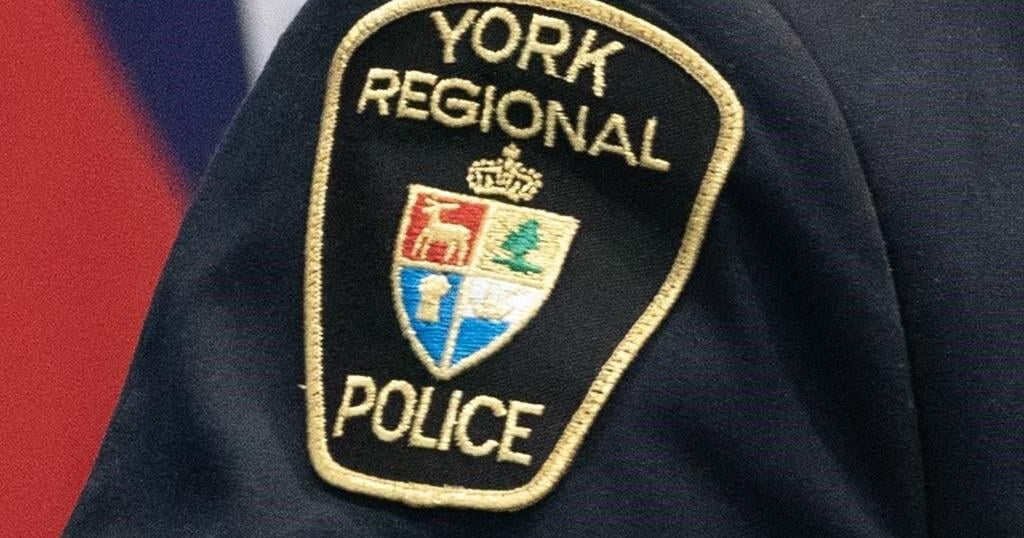Canadians are being asked to look out for a small, colourful bug with a big appetite.
The spotted lanternfly is an invasive species that made its way to the United States, and now there are worries they are about to move into Canada, potentially spelling disaster for the country’s fruit growers and wineries.
“We’re trying to get all Canadians involved in looking for this pest because being aware of it early is going to give us our best chance at being able to respond to it,” Diana Mooij, an invasive species specialist with the Canadian Food Inspection Agency (CFIA), told CTV News.
The grey and red insect has spotted wings and is just under three centimetres long. It is native to Asia and first appeared in North America in 2014, when it was discovered in Pennsylvania.
Since then, it has spread to fourteen U.S. states.
The insect can be found swarming plants and trees, feasting on sap and nutrients, which can cause serious damage.
The CFIA says in late September there were infestations found in Buffalo, N.Y., right across from the Niagara grape-growing region, and in Oakland County, Mich.
“So far, we have not seen them in Canada, but that doesn’t mean they’re not far behind,” Debbie Zimmerman, CEO of the Grape Growers of Ontario, told CTV News.
This has already been a challenging year for wine grape producers in Ontario’s Niagara region. Colder-than-usual temperatures in January damaged vines and led to a smaller harvest this year. Now, growers are concerned the spotted lanterfly could soon wreak havoc.
“As it comes closer, it is not if we’re going to get it, it is when we’re going to get it, and are we going to have the right supports in place to manage it?” Jessica Solanki, assistant vineyard manager at Huebel Grapes Estates, told CTV News.
She says in Pennsylvania some vineyards have been decimated.
“And that’s not just like decimate in the sense that the harvest is done, because the plant can die and it can cause vine death,” she said.
The pest can also infect apple and peach orchards, and excrete a sticky liquid called honeydew that can encourage the growth of mold. An economic impact study in Pennsylvania found the insect could end up costing the state US$324 million annually.
Spotted lanternflies aren’t all that great at flying and tend to spread by laying eggs or hitchhiking on cars, trucks or anything else they can stow away on.
That includes camping equipment and recreational vehicles. The CFIA says those travelling south of the border on a camping trip should check their gear when they return and wash their vehicles before they cross back into Canada.
If someone sees a spotted lanternfly in Canada, they are asked to report it to the CFIA as soon as possible. That includes sending a photograph and then killing the insect.
“Definitely killing any of the insects they see here in Canada is a great idea,” said Mooij.
She says the areas at greatest risk are southern Ontario, southern Quebec, parts of the Maritimes and into the interior of BC. All are areas that coincide with wine grape growing and the fruit industry.
Solanki takes some comfort in the fact that the species has not moved north as fast as some initially feared it would. Efforts are underway to prepare for its arrival. Monitoring is taking place, and more and more people are becoming aware of the pest.
“It’s a waiting game,” Solanki said. “We’re starting to learn more, and there’s more meetings to help us keep informed. So it’s just the unknown I think that’s causing a little bit of anxiety.”
Source link
Related

























